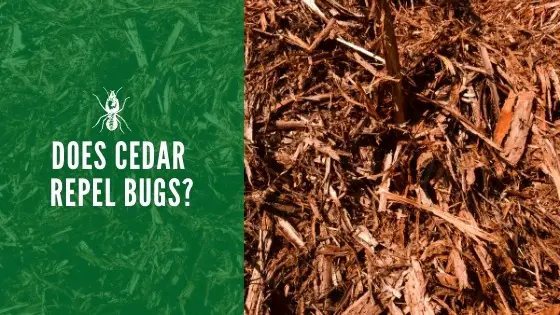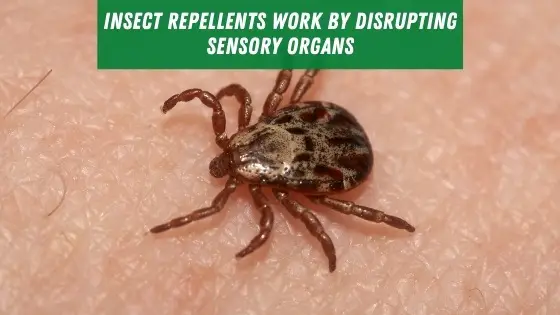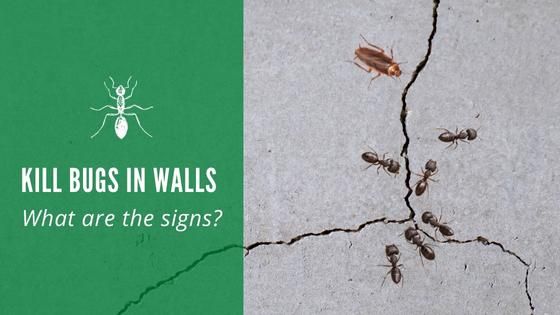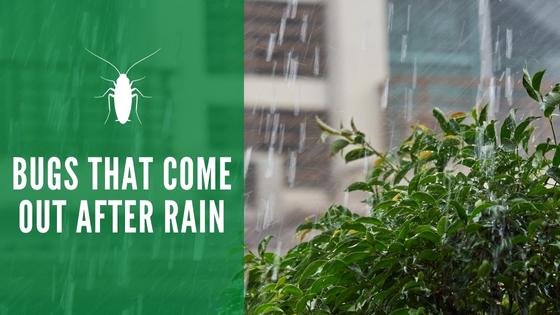Does Cedar Repel Bugs

Cedar trees are an evergreen that is found throughout the world. It contains oils that are said to repel certain insects. People have been using cedar oil to keep their homes and clothing bug-free for hundreds of years, but does it work?
What Insects Does Cedar Repel?
The use of cedar oil to repel insects goes back to ancient Egypt, where it was used to keep bugs from harming the body of mummies. For hundreds of years, people have been putting cedar in their closets, linen drawers, and places where wool was stored to keep out moths and other harmful bugs. It contains a resinous sap and several oils that give it a unique and pleasant odor. The oils in cedar are responsible for its bug-repelling effect, but what insects does it repel?
Recent interest in developing bug sprays and repellents that do not contain synthetic chemicals has gained attention, which has led to interest among the scientific community in studying cedar and its bug repellent effects. The U.S. Army developed a cedar oil blend to use as an insecticide to control fleas, ticks, bed bugs, lice, and mites when deployed in the Middle East.
Cedar is also used in homes and landscaping to prevent termites. Aside from these commercial uses, some claim to use cedar to repel moths, mosquitoes, cockroaches, scorpions, flies, rodents, and venomous snakes, but no studies could be found to confirm this. One study found that cedarwood oil failed to repel mosquitoes but that high concentration peppermint essential oil was effective.
Why Do Bugs Not Like Cedar?
Cedar contains three oils that are thought to be responsible for the insect repelling effects. The three main compounds are alpha cedrene, cedrol, and thujopsene. Cedar oil is considered a pesticide in Canada and can only be used by licensed technicians, so how does cedar oil work to repel some insects?
Bugs, such as mosquitoes, ticks, fleas, bed bugs, lice, and other insects that prey on humans are attracted to certain odors and the carbon dioxide we exhale. Some use other means like visual cues or movement to find us.
Other insects use differences in temperature and the environment around us to find us. Insect repellents work by disrupting the sensory organs that allow insects to find us by overwhelming the insect’s sense of “smell” and taste.

The idea of “smell” in insects is different than humans experience it. Like the female mosquito, some insects have special sensory organs that allow them to detect carbon dioxide, which is odorless to humans.
You can think about overwhelming the insect’s sense of smell as being similar to walking into a room where one smell is so overpowering that you cannot smell more subtle odors. Insect repellents only work on insects that rely on “smell” to find their prey, and they do not work on insects that rely on visual cues or heat to find us.
Some bugs are not repelled by cedar, actually live in cedar trees, and present a pest problem. Insects, like the root weevil, cypress tip moth, mites, and juniper scale, are attracted to cedar trees. Cedar works on some bugs and not others because some bugs are more sensitive to it, and others are not. This is similar to how some people have an allergy to certain things and others do not.
How Is Cedar Oil Made?
Various species of cedar contain different percentages of the oils responsible for the bug repellent effect. This makes some species of cedar trees more commercially important in the production of cedar oil than others.
Today, cedar oil is extracted from junipers, thuja, and true cedars. When you purchase cedar oil, you have no way of knowing which species was used, which means that each will have a slightly different mix of oils, even though they all have the characteristic “cedar” aroma.
Three different processes extract cedar oil. Some are extracted using steam distillation, and other makers use chemical extraction processes. Commercial manufactures sometimes use extreme pressure to extract the oils. Chemical distillation uses alcohol or oil to extract the cedar oil from the leaves and berries.
Steam distillation is usually done using cedar leaves. They are placed in a boiling pot with water. The water is brought to a boil in a sealed container with a copper tube coming out the top. The tube goes to a collection chamber, the steam cools and recondenses in the tube, flowing into a collection chamber. The cedar oil floats on top of the water and can be separated easily.
Cedar oil can be made from the wood, leaves, or bark of the cedar tree. The tree and extraction process species can affect whether the cedar oil repels insects and what types it repels. Many factors can affect the quality, strength, and exact oil composition of cedar oil.
When purchasing cedar oil, it is important to know as much as possible about the quality and how it is made to make sure you get the best product available.
Different Ways Cedar Is Used to Repel Bugs
The ability of cedar oil to repel insects depends on two things. The first is the strength of the oil. The oils in cedar are volatile and will dissipate into the atmosphere over time. This means that it will have to be reapplied from time to time as it will lose its effectiveness. Cedar blocks in cupboards will need to be replaced when they lose their oils to remain effective.

Cedar is used as wood blocks, shavings, cedar wood chips, mulch, and in the form of essential oils to repel insects. Many commercial bug repellents include cedar oil as an ingredient.
The second factor that affects the bug repellent ability of cedar is the sensitivity of the particular bug to the oils. For instance, cedar is commonly used to repel termites in homes. Cedar fences are used because they repel termites, borers and are resistant to mold, but some termites will eat cedar in a pinch. They do not prefer it, but if given no other choice, they will eat it. Even different species of the same insect family might have different sensitivities.
In a final word of caution, you must be careful when applying cedar oil directly to your skin, especially in a concentrated form. It can cause skin irritation or severe reactions in some people. It should not be used on children or pets unless it is purchased in a form that is designed for this purpose.
Using cedar bedding can kill rabbits, rodents, and some small birds. When used with these cautions in mind, cedar can be an effective way to repel certain pests around your home and when enjoying the outdoors.
Sources
https://pubmed.ncbi.nlm.nih.gov/10534958/



